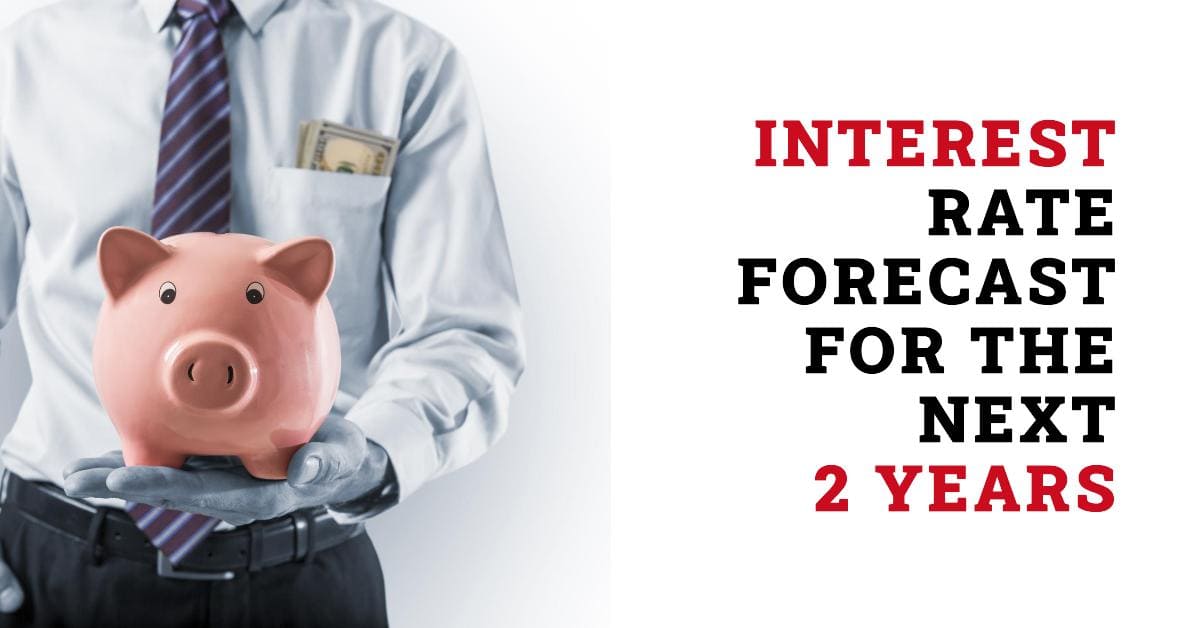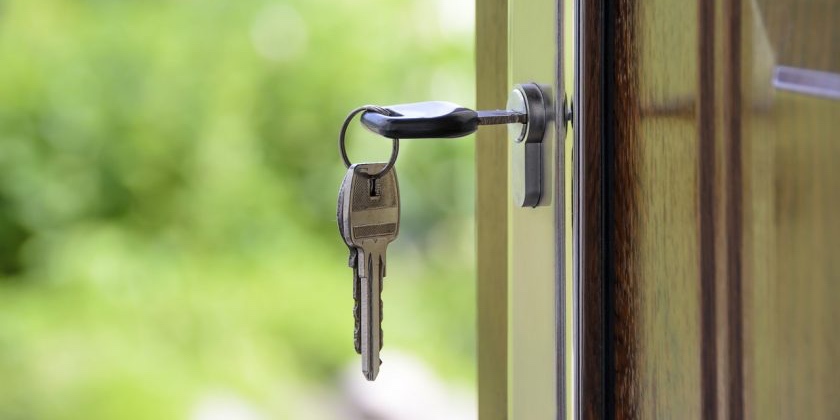Real estate investor Whitney Ekins-Hutten has made a name for herself in the real estate industry by flipping properties and generating cash flow through long-term rentals. Her journey began in 2002 when she flipped her first property with the help of friends, who she compensated with „beer, sushi, and pizza.“ This initial foray into real estate investing set the stage for her successful career as a financial educator and author of the book „Money for Tomorrow.“
According to Elkins-Hutten, there are numerous ways to get started in real estate, and the key factors are perseverance, creativity, and resourcefulness. She started her real estate journey with live-in flipping, a strategy that involves rehabbing a home to increase its market value while living in it. While labor-intensive, live-in flipping provided Elkins-Hutten with the necessary funds to purchase long-term rentals and generate cash flow.
Live-in flipping is not without its sacrifices, as it involves living in a construction zone. However, it serves as an excellent way to test the rehab market and determine if real estate investing is the right path for you. Additionally, live-in flipping can be lucrative and offer tax benefits, such as avoiding capital gains taxes when selling the property.
One couple, Carl and Mindy Jensen, have successfully executed this strategy by completing seven live-in flips and estimating a profit of over $1 million. They have managed to avoid paying capital gains taxes on their property sales by leveraging an IRS rule that allows homeowners to exclude up to $250,000 (or $500,000 for a couple filing jointly) of the gain from the sale if the property was used as a primary residence for at least two of the five years preceding the sale.
The Jensens and Elkins-Hutten have outlined two key steps to building equity and sidestepping capital gains taxes through live-in flipping. The first step involves buying a fixer-upper with potential in a desirable neighborhood. By focusing on properties with room for improvement, investors can maximize their profits when it comes time to sell.
The second step is to renovate the property and sell it after at least two years to take advantage of the Section 121 Exclusion, which allows homeowners to exclude a portion of the gain from the sale if certain criteria are met. By strategically timing the sale of the property and utilizing tax benefits, investors can maximize their returns and build wealth through real estate investing.
Overall, live-in flipping is a viable strategy for individuals looking to enter the real estate market and build equity over time. By following the steps outlined by successful investors like Whitney Elkins-Hutten and the Jensens, aspiring real estate investors can achieve financial freedom and generate wealth through strategic property investments.



